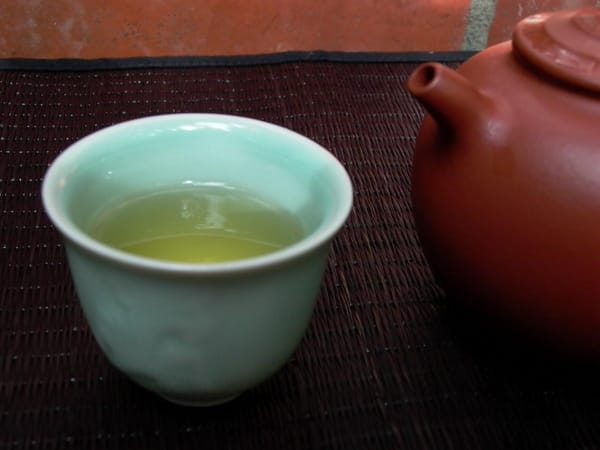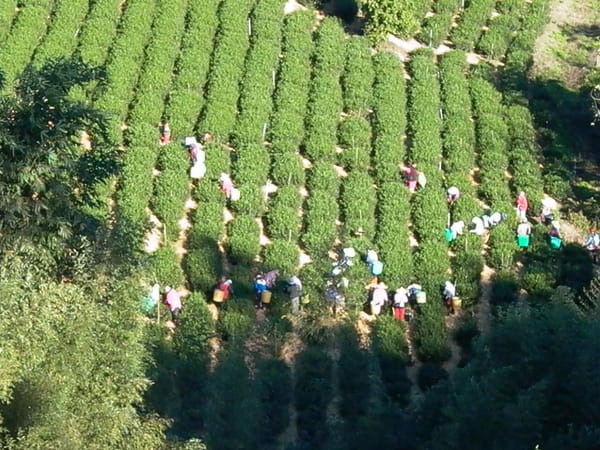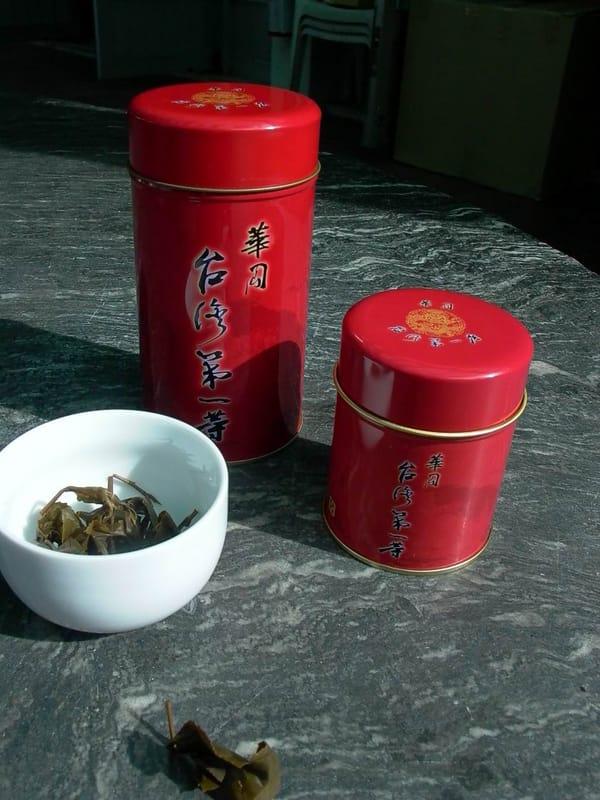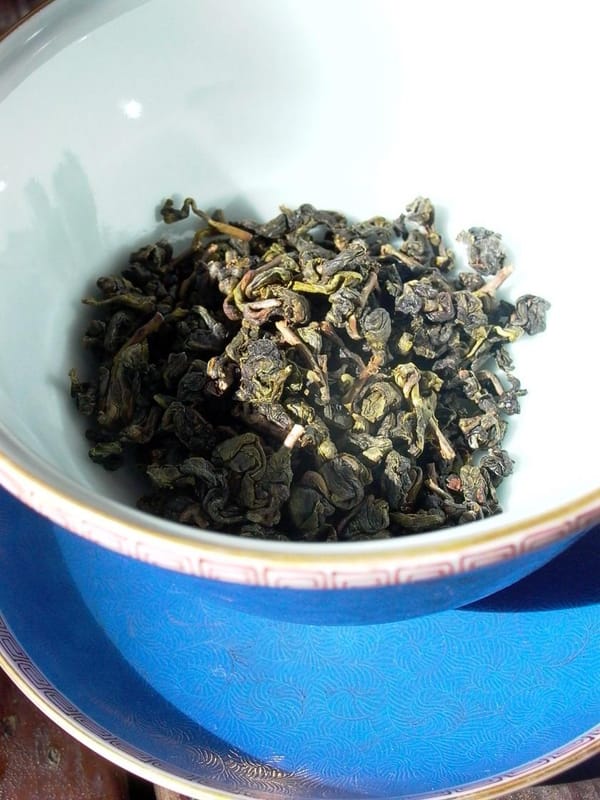Holding a fine batch of oolong tea in hand but still failing to bring out its full flavor? Why does tea from the same leaves taste rich and layered in a teahouse, yet come out bland at home? Many tea lovers assume oolong is the easiest tea to brew, unaware of the intricate techniques it truly requires.
The secret to brewing excellent oolong tea lies not only in the quality of the leaves but in mastering the correct brewing methods. From choosing the right teaware to the water-pouring technique, every detail can impact the final taste of your tea. In fact, many so-called “professional” tea habits may actually be the culprits that strip oolong tea of its true character.
Let’s dive into authentic oolong brewing techniques, dispel common myths, and learn how to bring out the signature terroir and deep flavor of oolong tea—so that every cup becomes a true sensory delight.
Busting the Top 3 Tea Brewing Myths: Don’t Let These Habits Ruin Your Tea
Many tea drinkers fall into three common pitfalls when brewing oolong tea, preventing them from capturing the essence of the leaf.
Myth 1: The first infusion must be discarded to "wash the tea"
It’s a widespread belief to pour out the first brew to rinse the cup, claiming that it’s not hygienic. This logic is flawed—if the first infusion is “dirty,” why use it to rinse a cup you’ll drink from? More importantly, oolong tea’s first infusion often contains the most aromatic compounds. Discarding it is a waste. The correct approach is to ensure your tea leaves are of high quality and enjoy the first infusion in full.
Myth 2: Constantly brushing the teapot to “nourish” it
Some tea lovers use a brush to repeatedly rinse and scrub the teapot with tea, believing this "nourishes" the clay. But this approach is misguided—like brushing a calligraphy brush over a teapot. True teapot seasoning happens naturally over time, not through forceful polishing.
Myth 3: Using a metal mesh filter in the teapot spout
To prevent leaves from escaping, some install a metal filter in the spout. Though it seems practical, it’s actually detrimental. Oolong tea leaves are large and whole—they don’t need filtering. More importantly, metal affects flavor. Tea contains delicate compounds, and when hot tea contacts iron, it alters the flavor and depletes the tea's essence.
Choosing the Right Teaware: The Teapot is Oolong’s Best Companion
Teaware plays a critical role in brewing good oolong. Although gaiwans can enhance aroma more than tea bowls, they require skilled fingers to handle heat and have limited space—making them suboptimal for oolong, which expands quickly.
A proper teapot is the best match for oolong. Use enough leaves to just cover the bottom, especially for rolled oolong teas. Ample space is needed for the leaves to unfurl in hot water and fully release their flavor.
For aromatic varieties like Qingxin Damu or Pongfeng tea, high-fired zhuni clay teapots are recommended. They help extract the layered aromas hidden within the leaves. The right teapot can elevate the distinct personality of each oolong type.
Water-Pouring Technique: Flow and Rhythm Unleash True Flavor
How you pour water is crucial. Never pour directly onto the center of the leaves—this causes uneven pressure, leading to bitterness. Instead, pour along the sides of the teapot, from right to left or vice versa, maintaining a continuous stream.
The key is to avoid interruptions. Broken streams cause uneven heating, affecting flavor consistency. A smooth, steady pour ensures even extraction and brings out the tea’s full complexity.
Steeping Time: Trust Experience Over a Timer
Some rely on timers for precision, but this can be too rigid. Steeping time for oolong varies with season, region, and humidity—making exact timings unreliable.
Instead, trust your experience. Each brew’s aroma and aftertaste unfold like chapters in a story, adding richness to the tea journey. This flexibility and sensory awareness is the true art of brewing.
Extracting Terroir: Tailored Techniques for Each Tea Region
Every tea-growing region gives oolong a unique terroir—flavor shaped by the soil and environment. To capture this, adapt your method for each type.
Old Dong Ding oolong, with deeper fermentation and fruit notes, requires methods that extract its thick, mellow character. Treat it with care to honor its status as a connoisseur’s choice.
High-mountain oolong, prized for its fresh aroma, demands different strategies to highlight its alpine essence. Though Alishan and Shanlinxi teas may share cultivars, their distinct soils produce unique terroir—inviting mindful appreciation.
Brew and Taste
The golden rule for oolong: brew with honesty, taste with intent. Avoid common pitfalls, select the right teaware, master your pour, and adjust your technique to suit the tea—only then will you truly experience oolong’s depth.
Next time, forget the timer. Let your senses and experience guide the brew. Each steeping is one-of-a-kind—just like every mountain imparts its own character. With practice and attention, you too can master the art of brewing authentic oolong tea.





